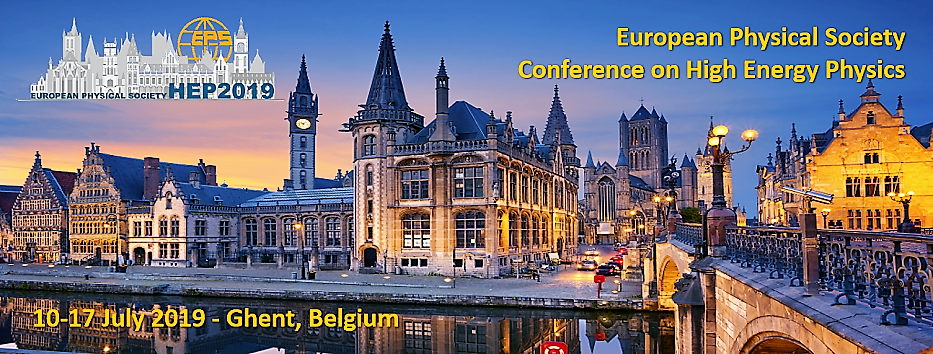Speaker
Description
When designing a high-energy, circular accelerator, like the upcoming High-Luminosity LHC or the future FCC, it is essential to have a reliable estimate of the expected beam losses and beam lifetime. A good prediction of the beam losses is essential to anticipate potential issues leading to quenches of the superconducting magnets or damage to the collimation system, while the beam lifetime is in direct relation to luminosity and, hence, to the overall performance of the accelerator. It is customary to make these estimations by means of the so-called dynamic aperture, which gives the extent of phase space in which the beam motion remains bounded for a given amount of time. The computational time for the evaluation of dynamic aperture has reached challenging levels, and as result the dynamic aperture can only be computed over a lapse of time that is too short with respect to the actual physical time scales. In this framework, intense efforts have been devoted to finding means of extrapolating the results of numerical simulations to more realistic time scales. The proposed approach is based on the Nekhoroshev theorem and Kolmogorov-Arnold-Moser theory of dynamical systems. This approach has provided the solid ground of well-established mathematical results to tackle a long-standing problem in accelerator physics. The technique has since been studied and tested in detail, both in numerical simulations and in experiments at the CERN Large Hadron collider with very encouraging results.




